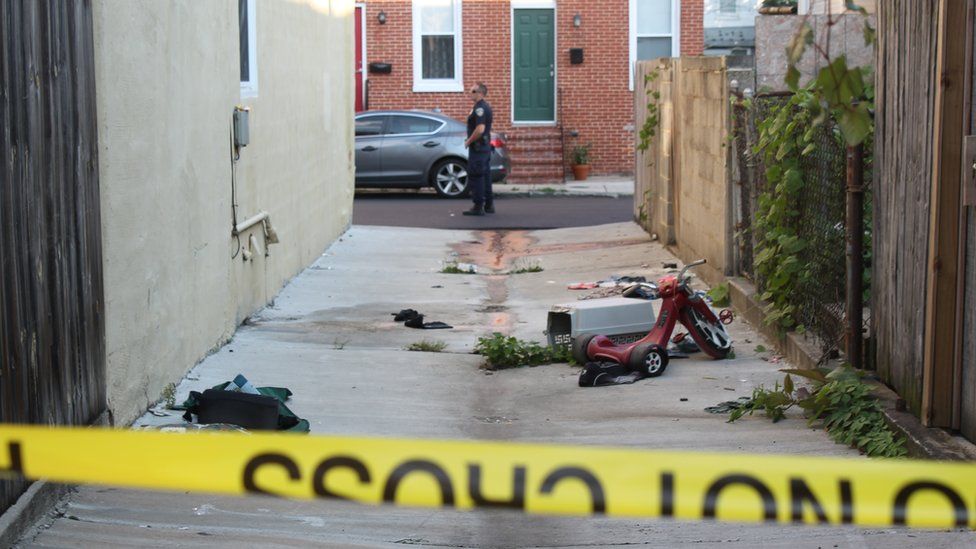Crime scene fotos have long captivated the imagination of the public, often serving as haunting reminders of the darker sides of human nature. These images encapsulate moments of tragedy and intrigue, revealing the aftermath of crimes that shake communities to their core. As we delve into the world of crime scene photography, we unearth not only the stories behind the images but also the ethical dilemmas and academic discussions they inspire. The allure of these photographs lies not just in their graphic nature, but in the unsettling curiosity they ignite within us.
In the realm of law enforcement and forensic science, crime scene fotos play a crucial role in investigations. They provide invaluable evidence that can lead to the apprehension of criminals, serving as a visual record of the scene as it was found. The meticulous documentation of these scenes is essential for building a comprehensive understanding of what transpired, allowing detectives to piece together the puzzle. However, the use and dissemination of such sensitive images raise important questions about privacy, respect for victims, and the media's responsibility in portraying crime.
As we embark on this exploration, we will address various facets of crime scene fotos, ranging from their historical significance to their impact on popular culture. What ethical considerations surround the sharing of these images? How have crime scene photos influenced our perception of justice? Join us as we navigate through the gripping world of crime scene photography, shedding light on both its importance and the controversies it often stirs.
- Justin Qualey Rising Star In The Spotlight
- Carol Burnett Illness A Closer Look At The Health Challenges Of A Comedy Legend
What is the History of Crime Scene Photography?
The origins of crime scene photography can be traced back to the late 19th century when law enforcement began to recognize the importance of documenting evidence visually. Early pioneers in the field sought to capture the scene as faithfully as possible, often using large-format cameras that required time-consuming setups. As technology evolved, so did the techniques and tools available to law enforcement.
How Has Technology Changed Crime Scene Fotos?
With the advent of digital photography, the process of capturing crime scene fotos has become more efficient and accessible. Digital cameras allow for immediate review and adjustment of images, making it easier for investigators to ensure they capture critical details. Moreover, advancements in software have enabled forensic experts to enhance and analyze images, providing clearer insights into the evidence at hand.
What Ethical Dilemmas Arise from Crime Scene Fotos?
The dissemination of crime scene fotos raises ethical questions about respect for victims and their families. While some argue that these images are necessary for transparency and justice, others contend that they can be sensationalized, leading to a lack of empathy for those affected. Balancing the need for information and the dignity of individuals involved is a significant challenge for law enforcement and media alike.
- Kelly Monaco Husband A Deep Dive Into Her Love Story And Family Life
- Exploring The World Of Itscarlyjane A Comprehensive Dive
How Do Crime Scene Fotos Influence Public Perception of Crime?
Crime scene fotos often shape the public's understanding of crime and justice. Graphic images can evoke strong emotional responses, leading to heightened fear or outrage. Furthermore, the portrayal of crime in the media can contribute to stereotypes and misconceptions about certain communities, often skewing public perception in ways that may not accurately reflect reality.
What Role Do Crime Scene Fotos Play in Popular Culture?
From true crime documentaries to sensationalized television shows, crime scene fotos have permeated popular culture. They are frequently used to heighten drama and engage audiences, often blurring the lines between factual representation and entertainment. This phenomenon raises questions about the responsibilities of creators in how they depict real-life tragedies.
Can Crime Scene Fotos Aid in Solving Cold Cases?
Indeed, crime scene fotos can play a pivotal role in solving cold cases. With new forensic techniques and advancements in technology, old images can be re-examined for new evidence. Additionally, sharing these photos with the public can sometimes lead to tips or information that may have previously gone unreported, breathing new life into unsolved mysteries.
Conclusion: The Dual Nature of Crime Scene Fotos
In conclusion, crime scene fotos serve as powerful tools in both law enforcement and the realm of public discourse. While they provide crucial insights into criminal investigations, their use is fraught with ethical implications that warrant careful consideration. As we continue to engage with these images, it is essential to foster a dialogue that respects the victims while recognizing the importance of transparency and justice in our society.
- Bill Belichick Kids Age A Closer Look At The Legendary Coachs Family Life
- Jesse James West Height Unveiling The Truth Behind The Rising Star


